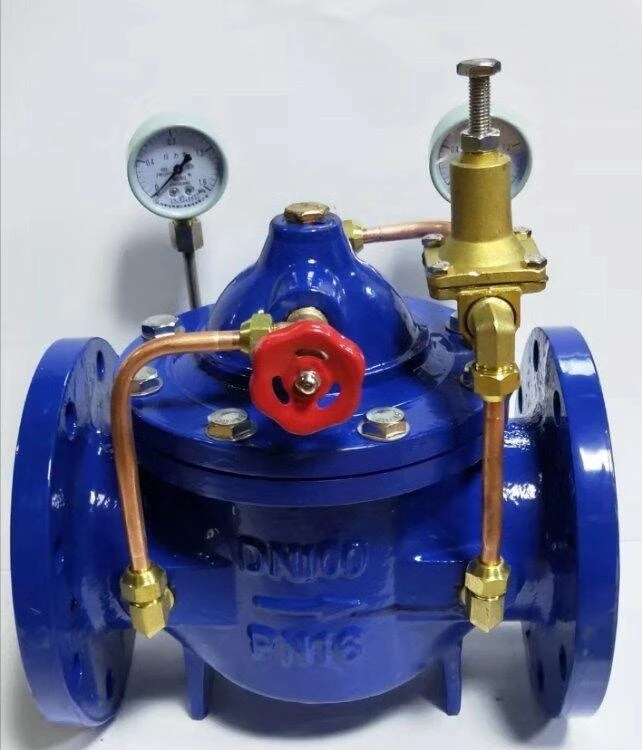Okt . 21, 2024 22:47 Back to list
Understanding Plug and Ring Gauges for Precision Measurement in Engineering Applications
Understanding Plug and Ring Gauges Essential Tools for Precision Measurement
In the world of manufacturing and engineering, precision measurement is crucial for ensuring that components fit together correctly and function as intended. Among the tools used for this purpose, plug and ring gauges play a vital role in achieving accuracy in dimensions. This article delves into the significance of these gauges, their types, applications, and the fundamental principles behind their design and functionality.
What are Plug and Ring Gauges?
Plug gauges are precision tools designed to measure the diameter of holes and ensure that they conform to specified tolerances. These gauges are typically cylindrical in shape and resemble a plug, hence their name. A plug gauge is used to check whether a hole is go or no-go, meaning if it meets the required specifications or if it is out of tolerance.
Ring gauges, on the other hand, are used to measure external diameters, particularly of shafts and similar components. They are designed as a ring with specific internal diameters. Like plug gauges, ring gauges serve as go/no-go tools to assess whether the external dimensions of a part are acceptable.
Types of Gauges
Both plug and ring gauges come in various types, each serving distinct purposes
1. Go and No-Go Gauges This is the most common configuration for both plug and ring gauges. The Go gauge is used to check that the dimension is within the desired limit, while the No-Go gauge ensures that the dimension does not exceed the maximum allowed size.
2. Thread Gauges Specialized plug and ring gauges are designed specifically for measuring threads. These gauges ensure that the thread profiles and sizes meet predefined standards such as the American National Standards Institute (ANSI) or ISO specifications.
3. Tapered Gauges These gauges feature a tapered design and are used to check the taper of drilled holes or shafts. They help in ensuring the correct fit of mating components.
Applications of Plug and Ring Gauges
plug and ring gauges

Plug and ring gauges are indispensable in various industries, including automotive, aerospace, and general manufacturing
. Their main applications include- Quality Control They are primarily used in quality assurance environments to verify that components meet design specifications before being assembled into final products.
- Machining Machinists use these gauges to check the dimensions of parts after machining processes to confirm that tolerances are maintained.
- Assembly In assembly lines, these gauges help ensure that components will fit together correctly, preventing costly rework or product failures.
The Importance of Precision in Measurement
The fundamental principle behind plug and ring gauges lies in the concept of tolerances—acceptable limits for dimensions. In manufacturing, tolerances ensure that parts can interact correctly without unnecessary stress or failure. This precision is vital because even minor deviations can lead to significant operational issues down the line. Moreover, using high-quality plug and ring gauges contribute to reducing production waste and improving overall efficiency.
Maintenance and Calibration
To maintain the accuracy of plug and ring gauges, regular calibration is essential. Gauges should be handled with care, stored properly to prevent damage, and cleaned regularly to avoid contamination. Calibration should be performed according to standards established by organizations such as ISO or ANSI to ensure reliability.
Conclusion
In conclusion, plug and ring gauges are essential tools in the field of precision measurement. By ensuring that components meet necessary tolerances, these gauges play a critical role in maintaining quality in manufacturing processes. Their simplicity and effectiveness make them indispensable for engineers and machinists alike. As industries continue to strive for higher precision and quality, the importance of plug and ring gauges cannot be overstated. Investing in high-quality gauging tools and maintaining them properly will ultimately lead to improved product quality and reduced costs in the long run.
-
Why Metric Trapezoidal Thread is Ideal for Precision Motion ControlNewsAug.05,2025
-
The Unique Properties of a Block of Granite for Industrial UseNewsAug.05,2025
-
The Role of Flanged Y Strainers in Preventing Pipeline ClogsNewsAug.05,2025
-
The Importance of Regular Calibration for Master Ring GagesNewsAug.05,2025
-
How a Cast Iron Surface Table Enhances Accuracy in ManufacturingNewsAug.05,2025
-
Comparing Different Check Valve Types for Optimal Flow ControlNewsAug.05,2025
Related PRODUCTS









